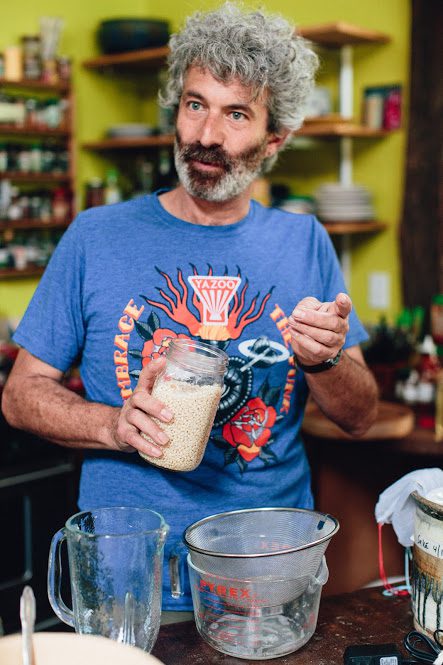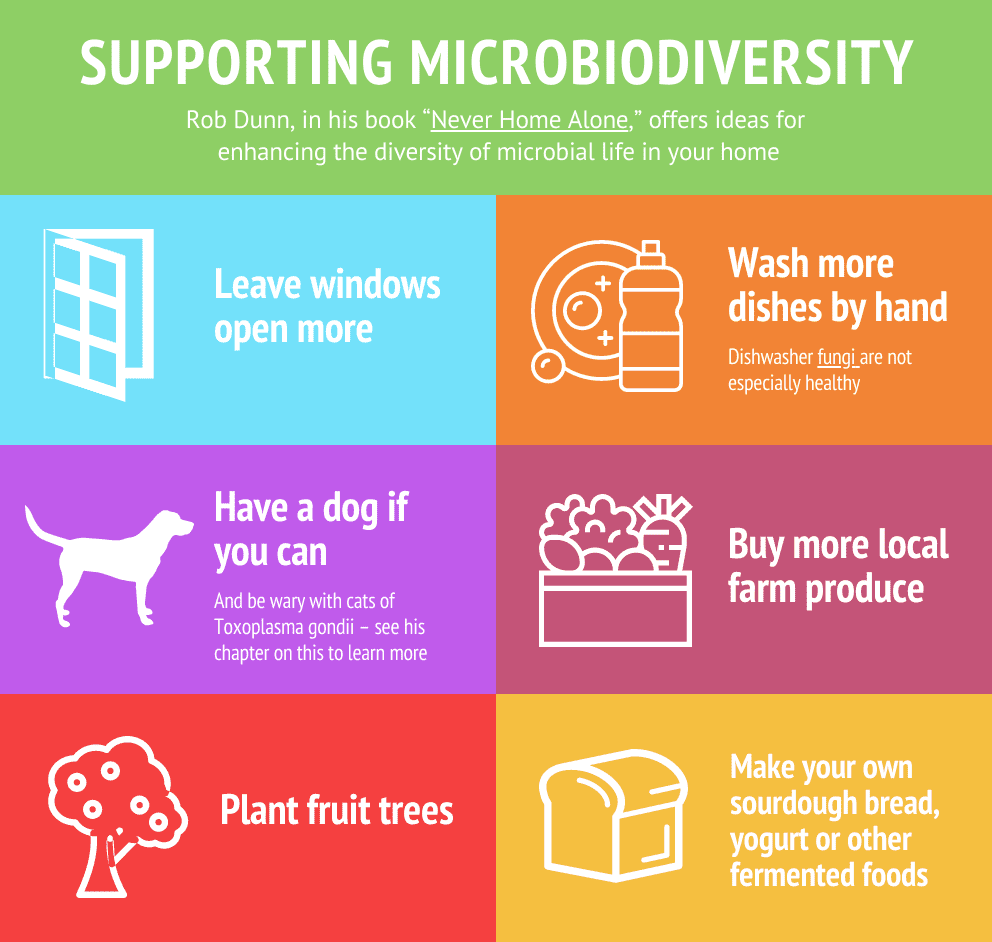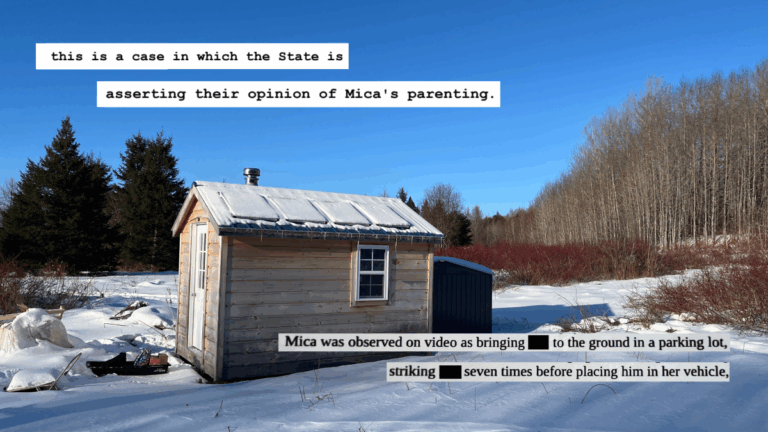Can something too small to be seen enlarge a worldview? From humble origins like household dust and showerhead slime, new insights are emerging into a vital and overlooked player in human health, agriculture and ecology: microbes.
The numbers of microbes living in and around us are orders of magnitude greater than most of us ever realized. Rob Dunn, an applied ecologist and author of the new book “Never Home Alone,” estimates that 200,000 species of microorganisms – primarily bacteria and fungi – share our homes.
That number may sound intimidating – even revolting – to those who grew up barraged with “disinfect to protect” messages promoting germ-killing sprays and antimicrobial soaps. The consistent message given to “all of us dinosaurs born in the 20th century,” fermentation expert Sandor Katz recently told me, was “bacteria are our enemies, bacteria are bad; we should mostly kill them and we have this arsenal to do that.”

In our selective appreciation for “good” probiotic bacteria, we fail to recognize that the vast majority of microbes are benign or beneficial. Fewer than a hundred bacteria species (less than 1 percent) cause nearly all of the world’s infectious illnesses, Dunn notes.
We need bacteria not only to enhance life but to enable it; “We could not exist or function without our bacterial partners,” Katz writes in his heavily researched tome, “The Art of Fermentation.”
Each human gut is home to roughly 100 trillion microbes, and the bacteria within us “outnumber the cells containing our unique DNA by more than 10 to 1,” Katz notes, making us by some measures “a composite of many species.” Intestinal bacteria play a vital role in nutrient assimilation and metabolism, while the microflora that dwell on skin surfaces protect the body and alert the immune system.
Our culture’s ingrained hostility toward bacteria has backfired, making it “easier for pathogens to spread, succeed and evolve… and harder for our immune systems to function normally,” Dunn writes. Ecologists call this phenomenon, which can lead to creation of antibiotic-resistant superbugs, “competitive release.”
“If ecologists have learned anything in the last hundred years,” Dunn writes, “it is that when you kill species but leave the resources upon which they feed, the tough species not only survive but thrive in the vacuum created by the death of their competition.”
The dangers of overzealous antibiotic use are well understood, but bacterial communities face threats from many sources. Studies and lawsuits now implicate the world’s most widely used weedkiller, Roundup (glyphosate), in attacks on the intestinal microbiome of honey bees, lab rats and humans. Disruptions in gut flora are increasingly linked to health challenges ranging from depression and obesity to celiac disease and cancer.
As with large-scale ecosystems, one key to sustaining healthy microbiomes is maintaining biodiversity. Dunn describes a Finnish study in which the presence of rare native plants outdoors correlates with more diverse microbiota indoors; “the wilder the life outside a house, the wilder the life drifting through [its] air.”
Breathing in these varied microbes can strengthen our immune systems, an insight affirmed by the “hygiene hypothesis.” People in homes with greater microbiodiversity, Dunn notes, tend to have fewer chronic inflammation disorders like asthma, allergies, Crohn’s disease and multiple sclerosis.
Dunn describes a fascinating series of studies on Amish and Hutterite farm families in which the former have more species of bacteria present in household dust (presumably due to closer proximity to, and reliance on, animals and less use of pesticides). Despite having similar diets and gene pools to Hutterite children, Amish youth have markedly less asthma and blood profiles that signal greater resistance to allergens.
Many of Dunn’s own research projects engage citizen scientists across the country in collecting bacterial samples for testing. His work is awakening interest in what biologist Lynn Margolis called the “microcosmos,” a mysterious frontier still largely unexplored by science.
Both Dunn and Katz approach this wild world with wonder and enthusiasm, freed from our culture’s residual disgust toward microbes. Having known Katz in college when he was a policy-oriented urbanite, I asked about his shift to a more ecological perspective.
Katz started out climbing the ranks in municipal government, but a medical diagnosis in his late 20s “pulled the rug out from under my careerist orientation,” he recalls, and got him thinking more about diet and nutrition. He abandoned New York City for a Tennessee commune where his daily work involved gardening and composting – which taught him that “bacteria are constantly breaking down materials for the further sustenance of life.”
His fermentation practice grew from necessity when he faced more homegrown cabbage than he knew what to do with. Recalling the mouth-watering tang of the kosher dill pickles his grandparents had made, he broke out “Joy of Cooking” and attempted its sauerkraut recipe.
As Katz read more about fermentation, he realized that generations of people in every culture had discovered how to work with these “somewhat predictable communities” of bacteria. Even if problematic bacteria were present on foods, he learned how to foster conditions in which “lactic acid bacteria will dominate every time.” Fermented foods, as Dunn puts it, are “ecosystems that weed themselves.”
With the growing popularity of fermented foods, Katz now has many occasions to help others understand – not just the art of fermentation – but the importance of sustaining microbiodiversity in our bodies, homes, soils and ecosystems.
“People are starting to see the connections,” he believes, and none too soon; “we have coevolved with these other beings and our fates are intertwined.”








